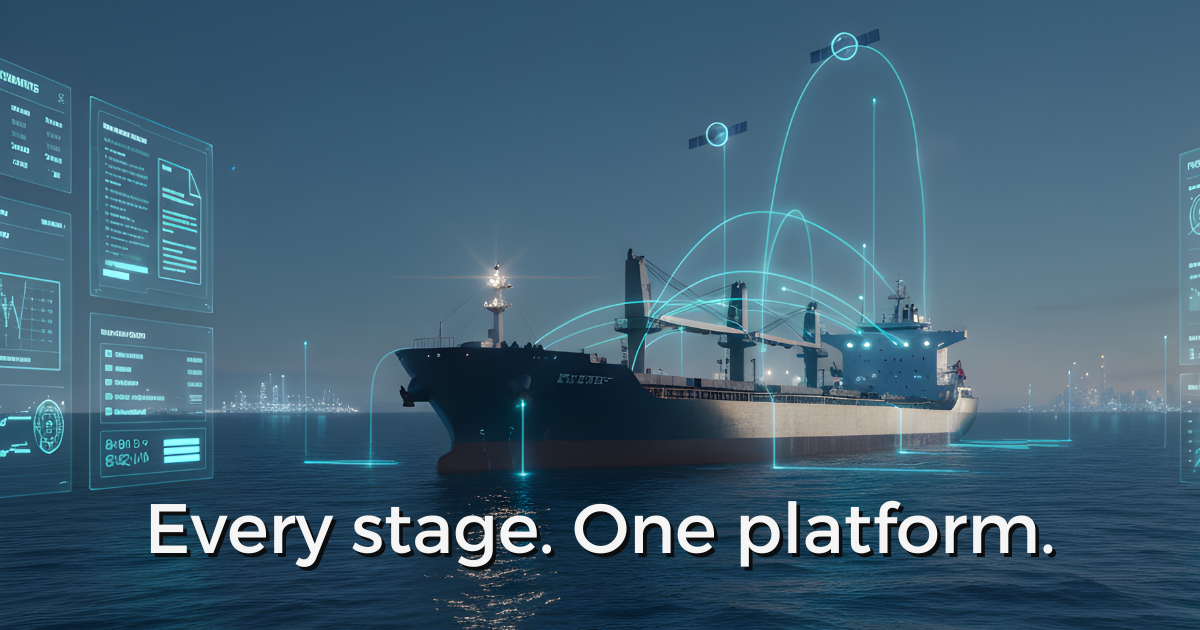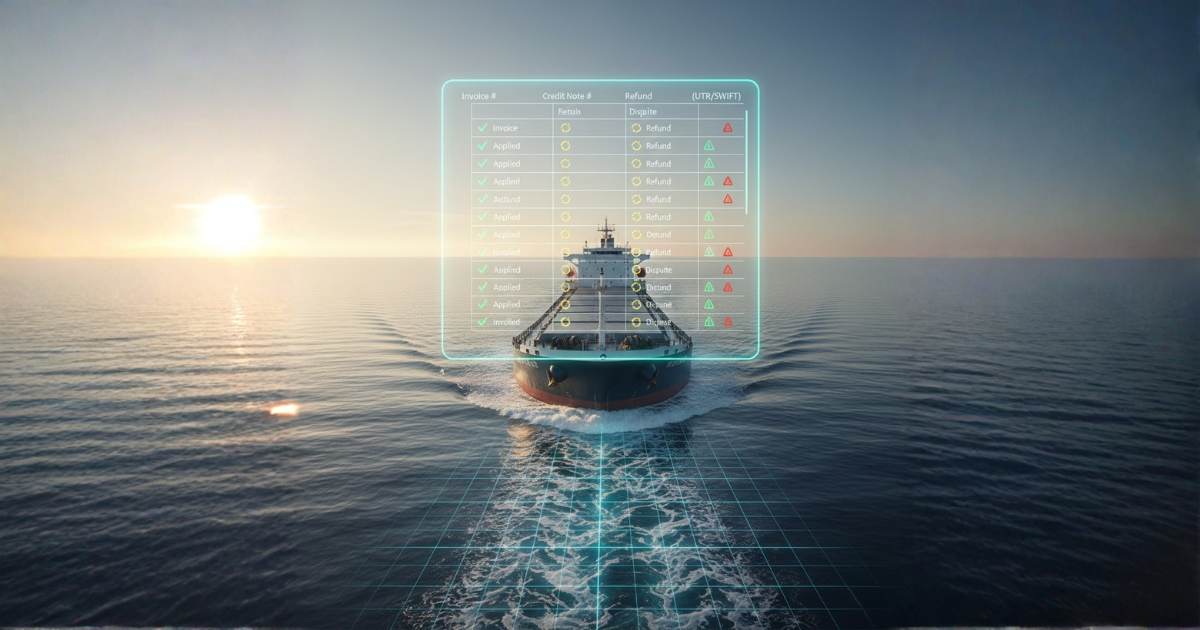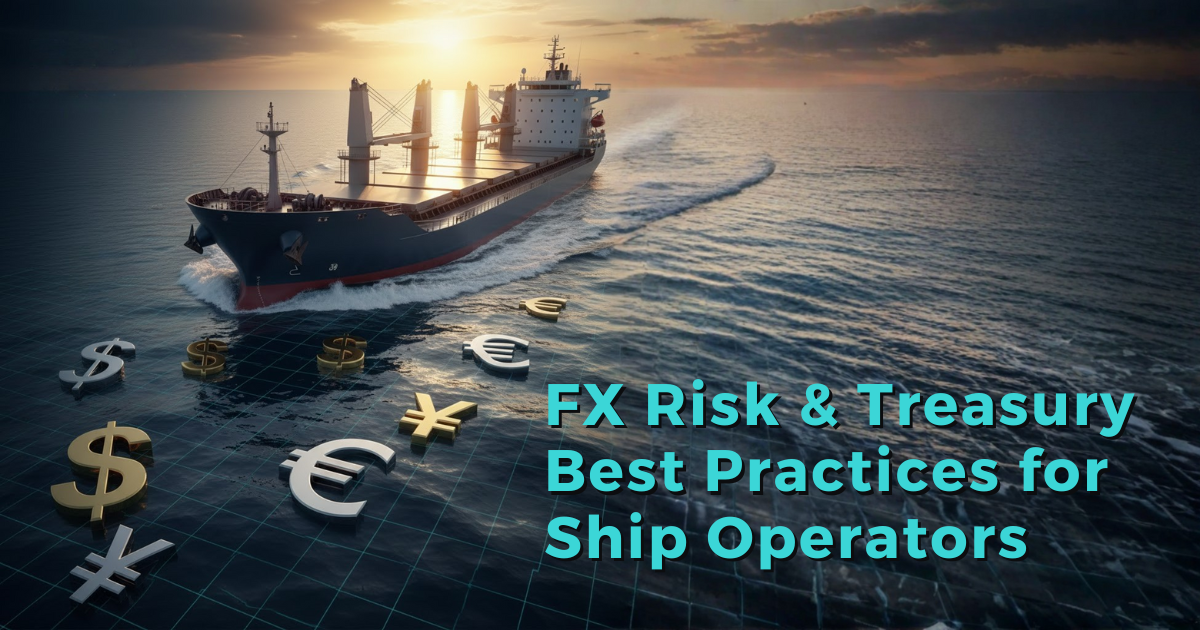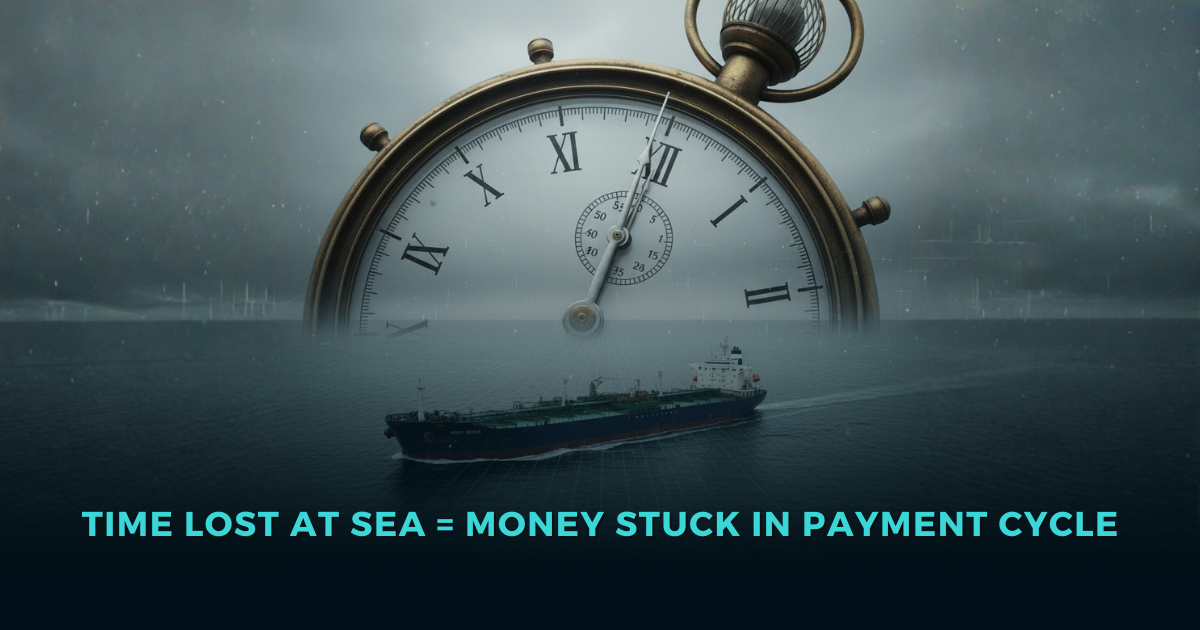Overpayments, Refunds and Vendor Credit Notes: Handling Complex Payment Flows in Maritime ERP
1 | Types of “extra” cashflows you’ll see in shipping Shipping creates particular situations that commonly yield overpayments, credits or refunds:
Solutions Aligned with Maritime Roles
Model-Specific Business Solutions
Streamlined data insights
Optimized maritime voyage planning
Enhanced financial stability
Maritime-focused business banking
Access legal documents and policies.
Get solutions to all your questions.
2 min read
-1.png) Alex
:
Nov 6, 2025
Alex
:
Nov 6, 2025

For decades, shipping companies have managed their commercial, operational, and financial activities through a web of disconnected tools — spreadsheets for voyage planning, emails for broker communication, and separate accounting systems for financial reconciliation. Each stage of a vessel’s lifecycle, from pre-fixture negotiations to post-voyage settlements, has existed in its own silo.
That fragmentation is no longer sustainable. The maritime industry is now undergoing a structural digital shift — moving toward integrated platforms that unify the entire workflow from pre-fixture to post-voyage. This transformation is not simply technological; it’s reshaping how maritime businesses operate, collaborate, and make decisions.
Every time data moves between systems manually, time and accuracy are lost. Unconnected workflows cause redundant data entry, missed chartering opportunities, and inconsistent voyage reporting. In an industry where margins are often single digits, these inefficiencies translate directly into lost profitability.
Compliance with IMO regulations, CII ratings, and EU ETS requirements demands data traceability from fuel consumption to emissions reporting. Integrated platforms allow voyage, bunker, and performance data to flow seamlessly into compliance reports — reducing manual reconciliation and ensuring audit readiness.
Freight markets move hourly. Operators and chartering teams need to see up-to-date positions, performance, and voyage P&Ls to act fast. Integrated systems create a single source of truth across departments — so decisions on fixing, routing, or scheduling can be made with confidence.
Voyage instructions, noon reports, port DAs, and bunker updates still circulate across long email chains. Unified digital workspaces eliminate this friction — connecting onboard and shore-based teams through a shared environment with version control and real-time visibility.
When chartering, operations, and finance run on a single platform, every stakeholder sees the same truth — vessel performance, voyage profitability, outstanding receivables, and emission exposure — all in one view.
Automated data flow from fixtures to voyage creation and invoice generation reduces manual input and human error. Tasks that once took days (like updating voyage estimates or reconciling bills) can be completed in minutes.
Integrated workflows mean invoices are automatically generated once a voyage or charter completes, approved faster, and synced directly with payment processes — reducing the gap between voyage completion and revenue recognition.
A single data trail ensures transparency across chartering contracts, voyage operations, and financial settlements. This unified visibility simplifies compliance, auditing, and risk assessment.
With every stage of the voyage lifecycle connected, historical and live data can be analysed for trends — performance benchmarking, cost optimisation, and predictive forecasting — enabling management teams to move from reactive to proactive decisions.
Document every touchpoint — from fixture negotiation to demurrage settlement. Identify where data is lost or duplicated.
Define what becomes the “single source of truth” for vessels, voyages, and financials. Integration starts with consistent data architecture.
Begin with chartering and voyage modules; then integrate operations, finance, and analytics. This phased approach ensures minimal disruption while validating ROI at each stage.
Once connected, automate voyage creation, hire/freight invoice generation, and report updates. Automation is the payoff of integration.
Technology adoption depends on people. A shared dashboard means shared accountability — training teams to operate in a unified environment ensures the benefits last.
The move to integrated platforms is redefining how maritime businesses function:
From departmental silos → to ecosystem visibility.
From manual reconciliation → to automated financial accuracy.
From fragmented tools → to unified intelligence.
This integration doesn’t just digitize processes — it connects the entire maritime value chain: vessel owners, charterers, brokers, agents, and financiers — all operating on the same foundation of truth.
The maritime world no longer has the luxury of operating in isolation between departments or systems. Market volatility, regulatory demands, and the speed of global trade require connected, data-driven decision-making.
Moving from pre-fixture to post-voyage under a single integrated platform is more than a technology choice — it’s a competitive strategy.
It’s how the next generation of shipping companies will unlock efficiency, transparency, and resilience across every voyage.

1 | Types of “extra” cashflows you’ll see in shipping Shipping creates particular situations that commonly yield overpayments, credits or refunds:

1. Understand your exposures (don’t guess) Start by mapping where currency risk actually appears across the voyage lifecycle: Freight receipts:...

Summary In recent maritime logistics literature, payment delays across freight, shipping, and related supply chain services have been found to...